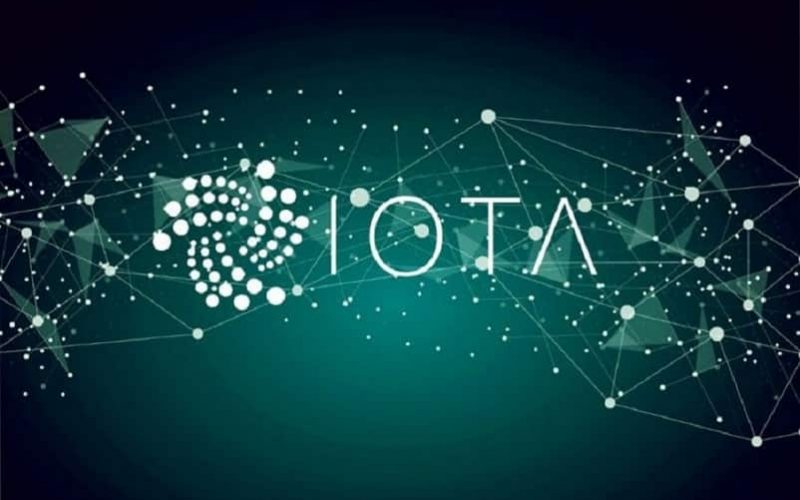The rise of the Internet of Things (IoT) has resulted in a need for a dependable and secure way for devices to communicate and transact with each other. Blockchain technology has emerged as a solution to this challenge, and IOTA is one of the most promising blockchain platforms for IoT applications. IOTA stands out from other blockchain platforms because of its directed acyclic graph (DAG) called the Tangle, which eliminates transaction fees and allows for infinite scalability. This unique feature makes IOTA suitable for IoT applications, where a large number of small transactions are required. Are you ready to invest in Bitcoin? Go URL a trusted trading platform for a seamless experience.
Moreover, IOTA’s validation process ensures that the network is efficient, secure, and eliminates the need for miners. Every time a new transaction is added to the Tangle, it must approve two previous transactions, resulting in a self-validating and efficient network. With IOTA’s Tangle architecture, IoT devices can transact with each other seamlessly, making it a game-changer for IoT applications.
What is IOTA?
IOTA is a distributed ledger technology designed for the IoT ecosystem. It was created in 2015 by David Sønstebø, Sergey Ivancheglo, Dominik Schiener, and Dr. Serguei Popov. Unlike other blockchains, IOTA does not rely on a traditional blockchain architecture but instead uses a directed acyclic graph (DAG) called the Tangle. The Tangle is a network of transactions that are connected to each other in a specific way to create a consensus.
One of the unique features of IOTA is that it has zero transaction fees. This is because, unlike traditional blockchains, transactions are validated by the network itself. Every time a new transaction is added to the Tangle, it must approve two previous transactions. This process ensures that the network is secure and efficient, and it eliminates the need for transaction fees.
Why is IOTA suitable for IoT applications?
IOTA’s zero transaction fees make it an attractive option for IoT applications where devices need to communicate and transact with each other frequently. For example, in a smart home, devices such as thermostats, light bulbs, and cameras need to communicate with each other to ensure that the home is running smoothly. With IOTA, these devices can transact with each other without incurring transaction fees, making it an ideal solution for smart home applications.
Another reason why IOTA is suitable for IoT applications is its scalability. Traditional blockchains, such as Bitcoin and Ethereum, have limited scalability due to their consensus mechanisms. The Tangle, on the other hand, is designed to scale infinitely. This means that as the number of transactions on the network increases, the network becomes faster and more efficient, making it an ideal solution for IoT applications.
IOTA also has a lightweight protocol that makes it easy for devices with limited processing power to transact on the network. This is important for IoT devices that may not have the processing power to handle complex transactions.
In addition, IOTA has a modular architecture that allows developers to create custom solutions for IoT applications. This means that developers can create their own modules and plug them into the IOTA network to create custom solutions for specific use cases.
How is IOTA being used in real-world applications?
IOTA is already being used in a variety of real-world applications. One example is the IOTA Foundation’s partnership with Jaguar Land Rover to create a smart wallet for vehicles. The smart wallet uses IOTA’s Tangle technology to enable vehicles to earn cryptocurrency for sharing data, such as traffic congestion, with other vehicles.
Another example is the IOTA Foundation’s partnership with the city of Taipei to create a smart city. The project uses IOTA’s Tangle technology to create a data marketplace where individuals and organizations can share and monetize data. The project aims to make the city more efficient and sustainable by using data to improve services and reduce waste.
Conclusion
In conclusion, IOTA is a promising blockchain technology for IoT applications, thanks to its unique features such as zero fees and fast confirmation times. It is designed to support the growing demand for secure and efficient data transactions in the IoT ecosystem, and its adoption by various industries and projects is steadily increasing. As the IoT market continues to expand, IOTA is poised to become a major player in the space, offering innovative solutions to some of the biggest challenges facing the industry. By staying up-to-date with the latest developments and use cases of IOTA, businesses and developers can harness its potential to create new value and drive growth.






